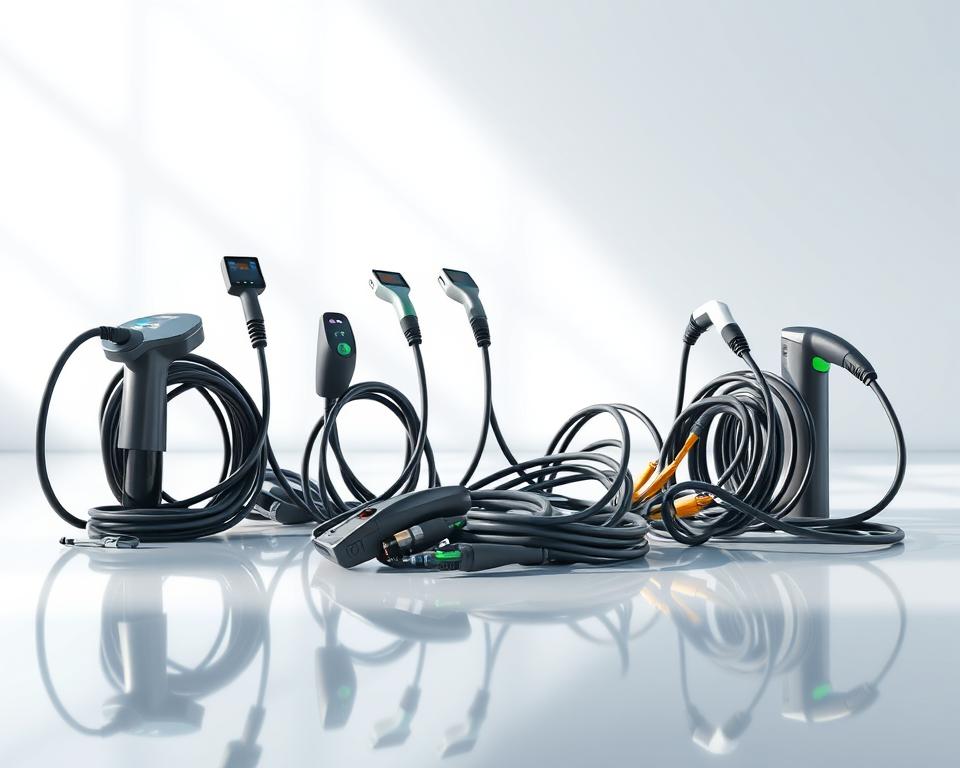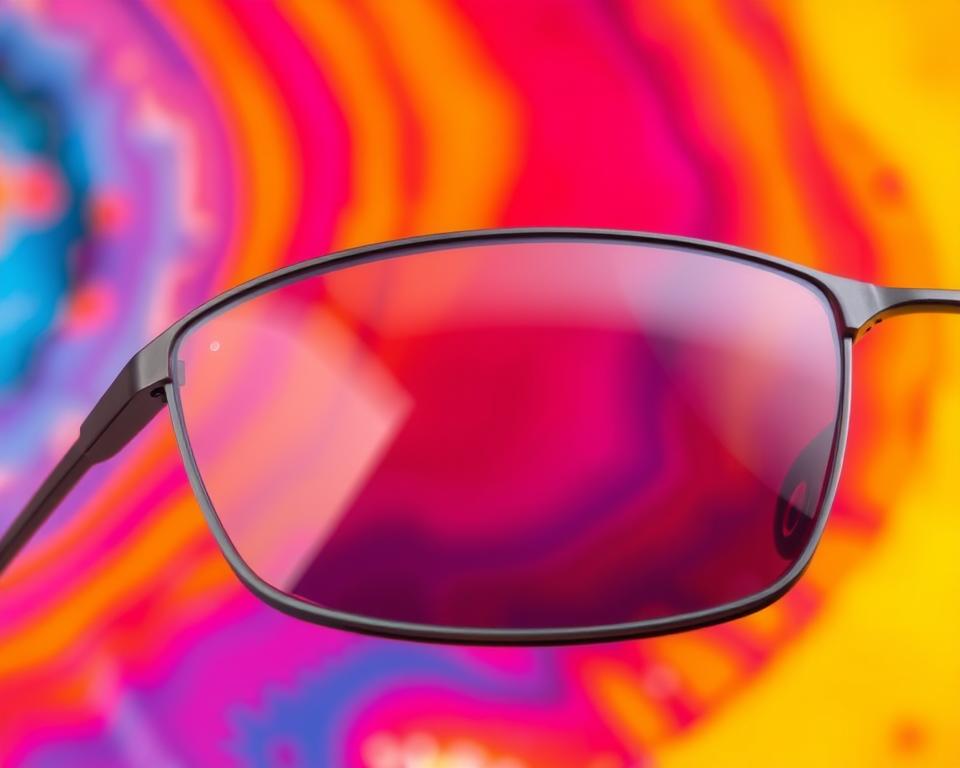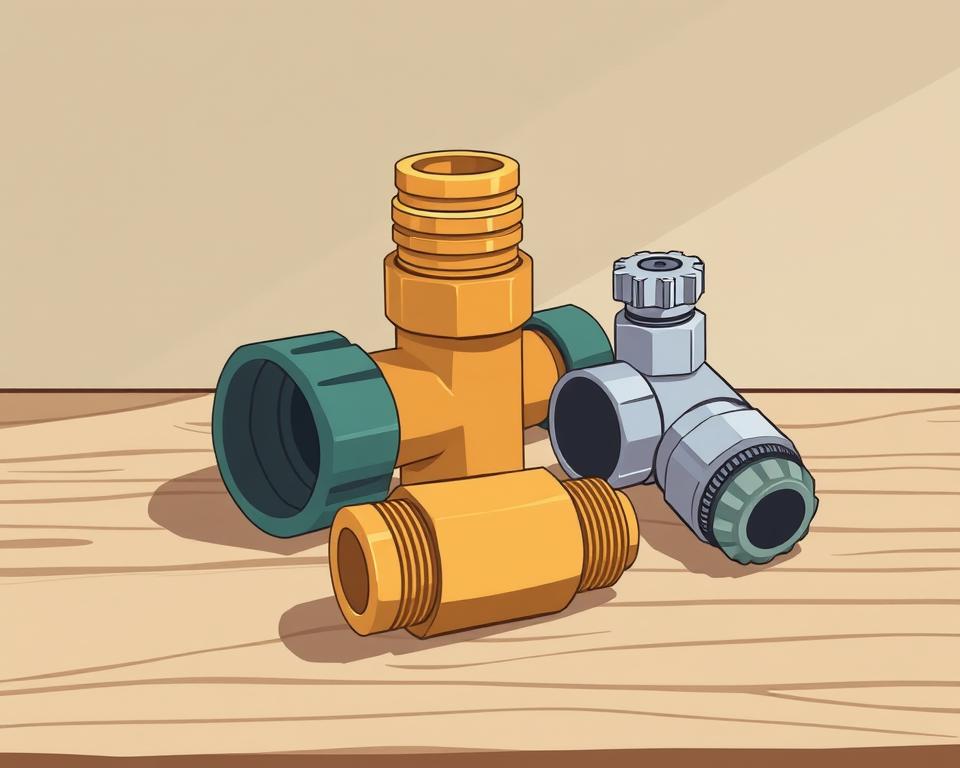Sustainable Strategies for Precious Metal Recovery
More than $60 billion in precious metals end up in e-waste every year—did you realize that? That eye-opening statistic shows how important recycling these metals really is. Recycling these metals benefits both the economy and the planet. By recycling metals like gold, silver, platinum, and palladium, we cut down on pollution and save natural resources.
Leaders such as Dongsheng Metal Trading are paving the way for sustainable recycling. They make sure those precious metals get reused rather than landfilled. Such a precious metal recycling companies model drives eco-friendly recycling and sustainable methods.
Major Insights
- More than $60 billion of precious metals end up in e-waste each year.
- Recovering these metals cuts eco-impact and preserves resources.
- Gold, silver, platinum, and palladium top the list of valuable metals.
- Green recycling methods are essential for a sustainable future.
- Companies like Dongsheng Metal Trading specialize in metal recycling.
Understanding Precious Metals and Their Value
Precious metals are rare, naturally occurring metallic elements that have captured the interest of investors and industries alike. Examples include gold, silver, platinum, and palladium, each prized for special traits. Notable traits are excellent conductivity, corrosion resistance, and rarity. The extraction and processing of these metals require considerable resources, underscoring the importance of recycling precious metals.

The value of precious metals is influenced by market demand and the inherent qualities of each metal. Recycling precious metals plays a critical role in sustaining the supply chain. It cuts the environmental toll of mining operations. Advanced recycling can bring metals back to their initial quality. That process conserves scarce materials and boosts the economy.
Precious Metals Explained
These metals’ special traits lend themselves to diverse applications. Economic value stems from their scarcity and innate qualities. For example:
- Gold: Prized for its shine and tarnish-proof nature.
- Ag: Recognized for its versatility and high conductivity.
- Pt: Celebrated for its durability and catalytic properties.
- Pd: Gaining traction in cars and electronics.
Benefits of Precious Metal Recycling
Recovering precious metals plays a crucial role in sustainability. It preserves resources and lessens the environmental cost of mining. Here are some benefits:
- Reduction of environmental degradation caused by mining operations.
- Lower energy consumption compared to extracting new metals from the earth.
- Feeding materials back into the production loop.
- Potential for financial gains through the reclaiming of high-value materials.
The Importance of Precious Metal Recycling
Metal recycling brings both green and economic gains. Emphasizing benefits helps cut environmental harm. It also drives economic growth and stability.
Green Benefits
Recycling metals yields major environmental perks. By reclaiming metals from discarded electronics and industrial scrap, we cut down on landfill waste. That cuts new mining needs and saves resources.
It curtails mining’s damage, like habitat loss and toxins. By prioritizing recycling, we work toward a greener tomorrow.
Economic Benefits
The economic benefits of recycling are equally compelling. Recovering metals cuts production expenses. It lets businesses choose reclaimed over freshly mined metals.
It produces recycling-sector employment and strengthens markets with growing recycled-metal needs. By leveraging these economic advantages, businesses can improve their profitability. They further support a cleaner economy.
Steps in Metal Recycling
Recovering precious metals involves multiple steps for peak efficiency. It starts with collecting metals from various sources like discarded electronics, jewelry, and industrial scraps. These materials then undergo sorting, cleaning, and analysis to determine their composition and value.
The Precious Metal Recycling Process
A structured workflow is key to high-yield recovery. All stages focus on boosting metal yield. Metals are sorted according to their type and purity. Decontamination eliminates residues that block recovery. Analysis identifies the concentration of precious metals, guiding the choice of recycling techniques.
Recovery Methods
High-tech methods are used to maximize metal retrieval. Thermal reduction applies intense heat to isolate metals. Melting refines and aggregates metals, while wet chemical processes are used for delicate separations. Recyclers like Dongsheng Metal Trading employ these approaches to improve yields and returns.
Recyclable Precious Metals
Recovery efforts support both ecology and resource reclamation. Numerous precious metals lend themselves to recycling, serving both business and environment. Awareness of recyclable metals guides consumers and companies.
Gold, Silver, and Platinum
Gold, silver, and platinum stand out among precious metals. They’re found in jewelry, coins, and industrial uses. Recycling gold is common due to its high value and demand. Silver recycling is also key, used in photography, electronics, and solar panels.
Platinum, while rarer, finds value in catalytic converters.
Electronics Precious Metals
Electronics scrap contains metals ripe for recovery. Devices such as phones and computers hold palladium and indium. These metals are a treasure trove for recycling, reducing e-waste and providing essential materials.
The need to recycle these metals is critical. Industries aim to minimize waste and efficiently recycle resources.
Industry Benefits of Precious Metal Recovery
Metal recovery underpins major sectors by supplying reclaimed resources sustainably. Electronics, which embeds metals in gadgets, gains the most. Aerospace and medical sectors also depend on these metals for critical components. Examining industry recovery uncovers eco- and economic advantages.
E-Waste Sector
Electronics spearheads recovery, given the metal content in phones and PCs. Quick device turnover spawns more electronic scrap. Hence, recovering metals like gold, silver, and palladium is crucial. It not only conserves natural resources but also reduces mining-related carbon emissions.
Companies are increasingly focusing on recycling to meet global sustainability and waste reduction goals. This shift supports the ongoing need for resource conservation and environmental protection.
Aerospace and Medical Equipment
Recycling precious metals matters for aerospace and healthcare, given their reliance on them. Durable, corrosion-resistant alloys are used in aircraft and medical tools. Recycling these metals can significantly lower material costs and comply with environmental regulations.
Both industries understand that responsible recycling practices help mitigate resource scarcity. And it improves operations, making metal recycling a smart green tactic.
How to Choose a Metal Recycler
Choosing reputable metal recyclers is vital for success. It’s wise to ask important questions to understand their operations. Their fees and techniques will shape your outcome. By comparing services, you can see what each company offers and make a smart choice.
Questions to Ask Recycling Companies
- What certifications do you hold regarding precious metal recovery?
- Can you explain your processing methods for different metals?
- What are your recovery rates for various precious metals?
- Can you detail your fees and any surcharges?
- Can you share feedback from past customers?
Evaluating Offers
Comparing recyclers’ offerings is crucial when choosing one. Use a table to line up these factors:
| Company Name | Recovery Rate (%) | Processing Fee ($) | Turnaround Time (Days) |
|---|---|---|---|
| Recycling Co. A | 95 | 50 | 7 |
| Recycling Co. B | 90 | 45 | 5 |
| Recycling Co. C | 92 | 55 | 10 |
By comparing recycling services, you can find the best recycler for your needs. This ensures you get the most value and meet industry standards.
Your Metal Recycling Handbook
Grasping recycler workflows is essential for metal recovery. They oversee everything from scrap pickup to refining. This ensures maximum efficiency and value from metals.
Behind the Scenes of Recycling
Advanced workflows—assay, separation, smelting—unlock metal value. First, they gather scrap from multiple origins. Next, they employ precise methods to sort metals. Next, they refine these metals to extract precious elements like gold, silver, and platinum.
This process not only maximizes resource recovery but also supports eco-friendly practices. It’s fundamental to building a sustainable future.
Finding Your Perfect Recycling Partner
When picking a recycler, several factors are important. First, look at their environmental practices. Now more than ever, green commitment is crucial. Also, examine if they handle everything or only certain stages.
Your budget will influence your choice. Gather price quotes for side-by-side comparisons. Companies like Dongsheng Metal Trading offer customized solutions for various industries. They remain a trusted partner for targeted recovery.
Types of Recycling Facilities
Metal recycling is a critical sector for sustainable practices and waste management. It encompasses various recycling centers, each tailored to specific metal recovery needs. Awareness of facility types guides you to proper recyclers. It aids companies and conserves nature.
Types of Facilities Available
There’s a broad spectrum of recycling operations. Some focus on precious metals, while others handle a wide range of materials. Common examples include:
- Metal Scrap Yards: Typically focus on general metal waste, including ferrous and non-ferrous metals.
- High-value metal recyclers provide precision recovery for gold, silver, platinum, etc.
- E-Waste Recycling Centers: Specialize in recovering metals from discarded electronics, capitalizing on the valuable components often found in these devices.
Facility Access Factors
Easy access to facilities boosts recovery efficiency. Firms need to plan transport logistics. Here are some factors that influence access:
| Factor | Description |
|---|---|
| Proximity | Closer sites cut shipping costs and delays. |
| Partnerships | Having established relationships with local recyclers can enhance efficiency in recycling processes. |
| Service Range | Awareness of service menus aids in picking the right center. |
In sum, selecting the right type of recycling center and ensuring convenient access can significantly enhance the efficiency of metal recycling operations.
Electronic Waste Recycling and Precious Metals
Discarded electronics threaten the environment. Many e-waste items hold recoverable precious metals. It shows why we should treat e-waste as treasure.
Electronic Precious Metals
Gadgets harbor small quantities of precious metals. These metals are found in various parts:
- Circuit boards
- Connectors and ports
- Capacitors and resistors
- Battery terminals
Common electronics conceal recoverable metals. Recycling lets us reclaim and repurpose those metals.
Why Recycle E-Waste?
Recovering e-waste metals safeguards the environment and reclaims materials. It trims dump loads and conserves raw materials. The benefits of recycling e-waste metals are clear:
- It minimizes environmental risks from improper disposal
- It reduces CO₂ output via green recycling methods
- It fuels a circular economy by feeding materials back into manufacturing
Promoting e-waste recovery advances resource stewardship. It’s essential for the well-being of future generations.
The Future of Precious Metal Recycling
The field of precious metal recycling is undergoing a transformation, driven by technological progress and a surge in sustainability efforts. With resource conservation rising, recyclers are innovating. By integrating novel processes, they pave the way forward.
Eco-Friendly Recycling Innovations
Current trends in sustainable recycling focus on reducing waste and minimizing environmental impact. Firms now use bio-packaging and low-energy methods. These changes align with global sustainability objectives, pushing industries towards more responsible and planet-friendly behaviors.
Innovations in Precious Metal Recovery
Advances in recovery techniques are key to improving precious metal recycling efficiency. Automated sorters and hydrometallurgy ramp up yield. They ramp up yields and shrink eco-footprints, advancing metal recycling.
Starting a Precious Metal Recycling Venture
Starting a precious metal recycling business demands meticulous planning and a deep grasp of operational and market dynamics. Entrepreneurs must outline key steps to build a strong foundation and adhere to industry regulations. This includes conducting extensive market research and identifying target clients. Securing licenses and legal compliance is crucial for long-term viability.
Business Setup Steps
Setting up a precious metal recycling venture requires several essential steps:
- Analyze market demand and competitor landscape.
- Create a comprehensive plan with objectives and tactics.
- Acquire suitable recycling equipment that meets your operational needs.
- Obtain capital via loans or investors.
- Secure regulatory approvals and certifications.
- Launch marketing to attract clientele.
Compliance and Certifications
Understanding legal aspects when starting a precious metal recycling business is critical. Meeting environmental rules protects your operation and the planet. Must-know compliance points:
- Getting licensed by appropriate agencies.
- Ensuring full compliance with disposal and recycling laws.
- Ensuring all employees are trained on safety protocols and procedures.
To Summarize
Recovering precious metals conserves resources and protects our planet. It allows individuals and businesses to lessen waste’s impact on our planet. That reclaimed metal cuts mining demand and spawns recycling jobs.
Recycling goes beyond environmental benefits, also providing economic advantages. Partnering with companies like Dongsheng Metal Trading ensures a commitment to eco-friendly practices. That partnership bolsters circular models for recyclers and buyers alike.
The journey to a sustainable future depends on collective action in recycling precious metals. Raising awareness fosters mindful use and eco stewardship. Adopting these practices will benefit us now and secure a greener future for generations to come.








